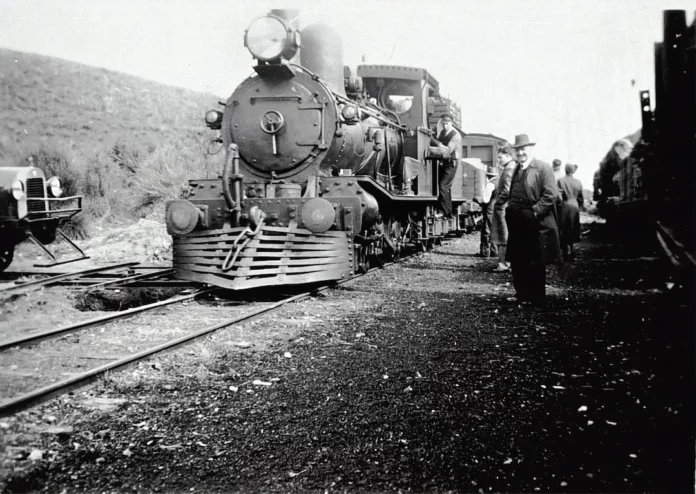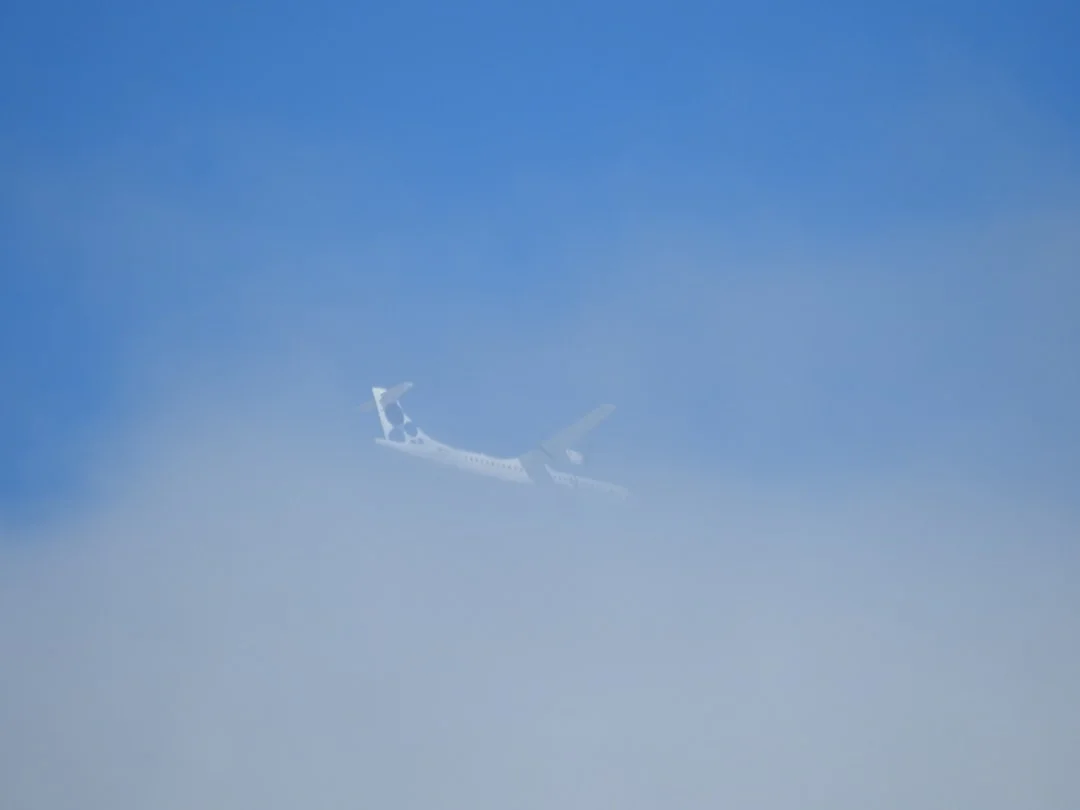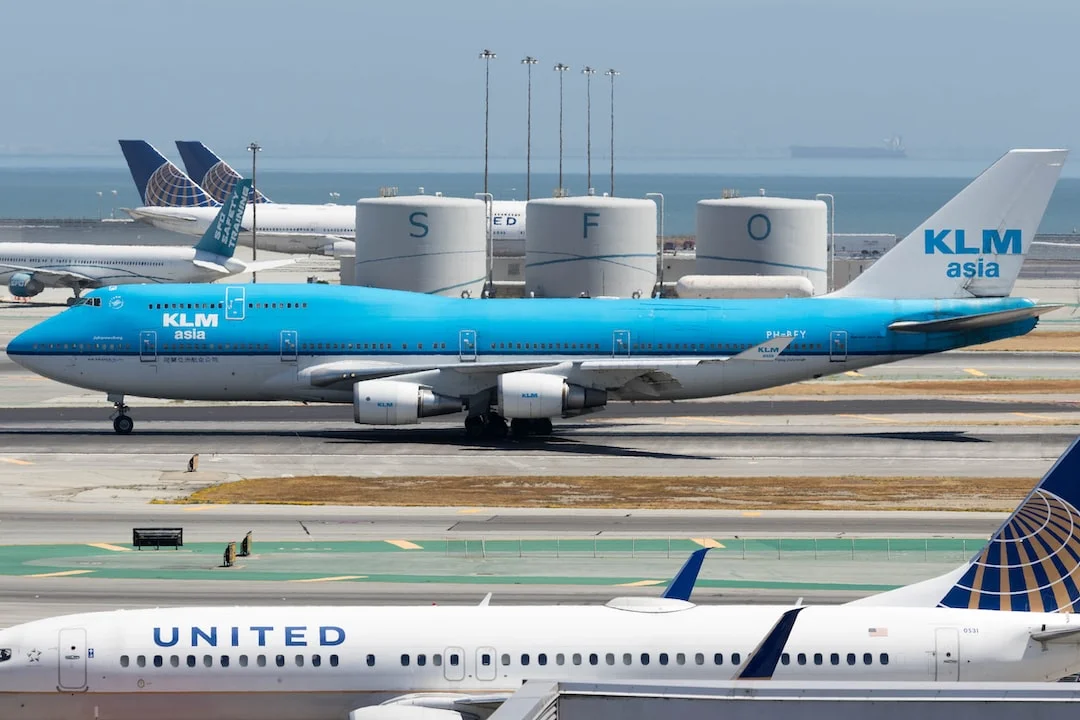The Airbus A320 is a popular narrow-body aircraft used by airlines around the world for various types of flights, including short-haul and medium-haul routes. It incorporates advanced navigation systems to ensure safe and efficient operations. One of these navigation systems is the Lateral Navigation (LNAV) feature, which plays a crucial role in guiding the aircraft along its desired flight path.
LNAV is an automated navigation mode that enables the aircraft to fly a predetermined lateral path, such as a specific heading or a series of waypoints. It uses the aircraft’s Flight Management System (FMS) to calculate the optimal heading and track to follow, based on the selected route and other inputs. Pilots can engage LNAV mode during different phases of flight, including departure, enroute, and approach, to assist them in maintaining the intended track.
How Does Lateral Navigation Work?
When LNAV is engaged, the aircraft’s FMS continuously compares the actual lateral position of the aircraft, obtained from various data sources such as GPS and ground-based navigation aids, with the planned lateral path. If there is any deviation from the intended track, the FMS calculates the necessary course corrections and sends commands to the aircraft’s autopilot or flight control system to adjust the heading accordingly.
The accuracy of LNAV is highly dependent on the navigational sensors and databases installed on the aircraft. These sensors provide precise position and heading information, while the databases contain detailed information about waypoints, airways, and other navigation aids. Based on this data, the FMS can accurately compute the necessary course corrections to keep the aircraft on track.
During the initial climb, LNAV can guide the aircraft from the departure runway to the first waypoint on the route. It ensures that the aircraft follows the planned path, typically defined by a series of waypoints located along the desired route. Enroute, LNAV helps the aircraft navigate along airways and accurately track its position between waypoints.
Approaching the destination airport, LNAV assists in guiding the aircraft from the last waypoint to the runway, ensuring a smooth and precise approach. It considers factors such as the desired descent path, wind conditions, and any required turns to align the aircraft with the runway centerline. However, it’s important to note that LNAV alone does not control the vertical profile of the aircraft during the approach. This is the responsibility of another mode called Vertical Navigation (VNAV).
Advantages of Using Lateral Navigation
Lateral Navigation offers several advantages for both pilots and airlines. Here are some key benefits:
1. Enhanced Navigation Accuracy: LNAV mode, coupled with modern navigation systems, provides precise lateral guidance, minimizing track deviations and ensuring that the aircraft remains within the desired airspace. This accuracy allows for more efficient routing, reducing fuel consumption and optimizing flight times.
2. Reduced Pilot Workload: By engaging LNAV, pilots can offload some of the navigation-related tasks to the automated system. This helps in reducing their workload, allowing them to concentrate on other critical aspects of flight, such as monitoring the aircraft systems and communicating with air traffic control.
3. Increased Safety: LNAV improves flight safety by ensuring that the aircraft remains on the assigned route, avoiding potential conflicts with other traffic. It also helps in maintaining situational awareness for both the flight crew and air traffic controllers, facilitating effective communication and collaboration.
4. Standardization: LNAV is a standardized feature across Airbus A320 aircraft, making it easier for pilots to transition between different aircraft of the same type. Familiarity with the LNAV mode allows for smoother operations and reduces the chances of errors due to unfamiliarity with the navigation system.
5. Continuity of Operations: In situations where visibility is reduced or the crew is performing a non-precision approach, LNAV can provide valuable guidance to maintain the required lateral track accuracy. This ensures that flights can continue safely even in challenging weather conditions or in airports with limited navigational aids.
Conclusion
Lateral Navigation, or LNAV, is a critical component of the navigation system on the Airbus A320 aircraft. It enables precise lateral guidance, ensuring that the aircraft follows the intended flight path throughout various phases of flight. By utilizing advanced automation and up-to-date navigation databases, LNAV enhances navigation accuracy, reduces pilot workload, and increases flight safety. It is one of the key features that contribute to the A320’s reputation as a reliable and versatile aircraft in the aviation industry.
For More: What is UTC on Airbus A320? (Universal Coordinated Time)




